As the pandemic mercifully fades, so is the interest in returning to the office for millions of American workers. According to WFH Research, an international consortium of university researchers, American workers now complete approximately one-third of paid full days from home.
That’s down from slightly more than 60% at the height of the pandemic shutdowns, and home work days appear to be stabilizing at that number, according to WFH Research’s latest monthly survey. It’s a high number considering it was closer to 5% pre-COVID, but that’s the reality credit union managers are grappling with daily.
One area that lends itself to the home office is the contact center. Here, managers from five credit unions share their insight into strategies that work for remote work.
Empower Federal Credit Union
Lori Verzillo and Erin Fuller are the chief retail officer and chief administrative officer, respectively, at Empower Federal Credit Union ($2.9B, Syracuse, NY). Empower serves slightly more than 240,600 members with a network of 28 branches and a broad field of membership that includes the area in and around Syracuse and Buffalo as well as numerous other communities and multiple SEGs.
How many call center staff members do you have? Where are they located? Do you require workers to be on-site, can they work remotely, or do you allow a hybrid approach?
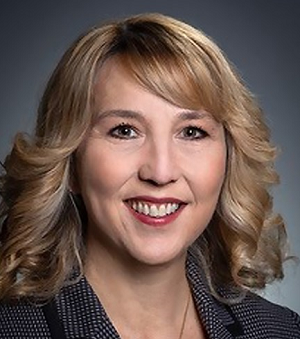
Lori Verzillo: We have 46 people in our call center, which is at our headquarters in Syracuse and operates in a hybrid work-from-home model. Our employees come into the office five days a month and the remainder they work from home. They can come in more if that is their preference.
Before the pandemic, like most, we were fully on-site. We quickly transitioned all employees to fully remote. Now, staff can work from home at any time. For example, if an employee has an unexpected need to be home or they are not feeling well, instead of calling in, they can work at home and not leave our call center short-staffed. Employees are able to be more flexible and so are we as an employer.
How has management and staff perception of contact center work changed since the pandemic? What has been the result of that change?
LV: During the pandemic, our branch staff, including branch management, worked in the call center. This experience gave branch employees the appreciation for the work that our call center team performs each day, especially during high-volume times.
Our branch teams still have access to the call center system. They can see when wait times might be rising and can jump in to help, or if the branch is slow, they can take calls and have contact with members that might have product or service needs they can help with.
We have a motto that we live by: We are ONE TEAM, with ONE GOAL to help our members and each other. The pandemic has strengthened our culture while strengthening the skill set of our employees.
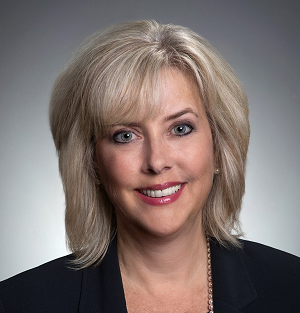
Geographically, do you require employees to live in your FOM or near your offices? Why or why not?
LV: As a general practice, we schedule staff to be at the contact center five days each month, so they need to live in the communities we serve. It’s important to us to have people in our community serving our members.
Additionally, Empower has always focused on having a culture that highly values our employees. Having time together at work builds relationships that lead to better teamwork and higher employee satisfaction.
How has the availability of remote call center positions affected your ability to hire? Does it make the jobs noticeably more attractive?
Erin Fuller: Yes, absolutely. The expectation to work from home or have a hybrid schedule has changed since COVID and enabling that has definitely made us more competitive in the recruitment process, especially at a time when companies are offering signing bonuses and increasing minimum pay. We’ve occasionally offered $1,000 bonuses ourselves when we were struggling to fill spots in collections and the contact center.
NorthCountry Federal Credit Union

Abbey Welch leads the contact center at NorthCountry Federal Credit Union ($913.1M, Burlington, VT). Welch is a veteran of 22 years with the cooperative and for the past two years has managed the member resource team (MRT). She’s joined by assistant managers Meaghan Lopes and Daniel Julien, who also contributed to the answers below.
How many call center staff members do you have? Where are they located? Do you require workers to be on-site, can they work remotely, or do you allow a hybrid approach?
Abbey Welch: We have 23 staff members, inclusive of our MRT management. We all work remotely.
How has management and staff perception of contact center work changed since the pandemic? What has been the result of that change?
AW: The MRT has become a destination for career advancement versus an interim move to the next career step.
There has been a much greater focus and dependence on remote channels, and MRT is the primary touchpoint to facilitate, enable, and troubleshoot those channels. MRT serves as subject matter experts for the remote channels.
Before we went remote, although there was collaboration, staff members in the MRT acted more as individual performers. Now there is a team-based approach as certain members are experts in various services.
Also, moving to a paperless environment required close and consistent teamwork. The three leaders of the MRT have had to be creative in showing recognition to team members, which instills constancy and retention.
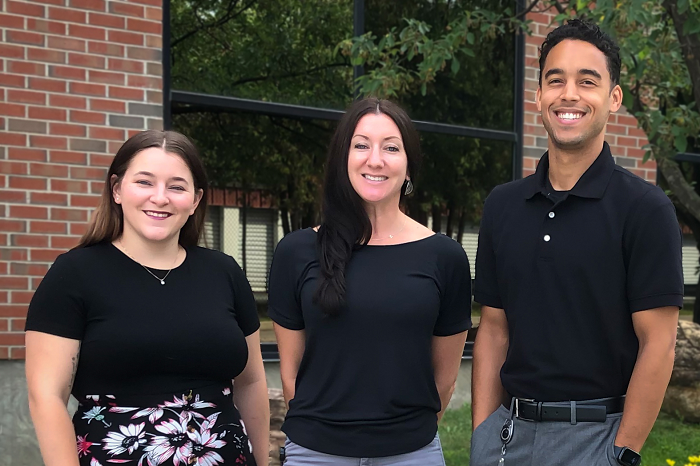
Geographically, do you require employees to live in your FOM or near your offices? Why or why not?
AW: No. We’re looking for people who align with our values first and foremost. Cultural alignment is more important than geographic proximity. Seventeen of our team of 23 live in Vermont; six are located outside the state.
How has the availability of remote call center positions affected your ability to hire? Does it make the jobs noticeably more attractive?
AW: We can now recruit nationally though these have come from employee referrals and the ability to work remotely significantly increases the attractiveness of the positions.
State Employees’ Credit Union

Jared Benesh is the executive vice president of member experience transformation at State Employees’ Credit Union ($53.1B, Raleigh, NC). The nation’s largest state-chartered credit union has a contact center operation that features approximately 50 locations scattered primarily among the 2.6-million-member cooperative’s 273 branches.
How many call center staff members do you have? Where are they located? Do you require workers to be on-site, can they work remotely, or do you allow a hybrid approach?
Jared Benesh: We have approximately 750 agents divided among our member services, lending, and financial advisory services contact centers. Nearly all of these team members can work from home. We rotate employees in-house and provide hoteling arrangements and will have 20-25% of our staff on-site on any given day.
Before 2020, we had no remote staff. In response to the pandemic, we deployed work-from-home equipment and reached a capacity where all agents had this option. We have learned to manage and operate remotely while reducing the number of employees we need on-site. We are currently looking for ways to enhance the efficiency of our remote workforce through technology.
How has management and staff perception of contact center work changed since the pandemic? What has been the result of that change?
JB: We have a large branch network, and the pandemic served to bring the contact center and branches closer as we flexed staff from the branch to meet demand on the telephone. In the past two years, we’ve seen continued support for the contact center from the branch network. More members have now adopted the contact center as their primary service channel.
Geographically, do you require employees to live in your FOM or near your offices? Why or why not?
JB: We are allowing our team members to seek approval to live outside of our field of membership. This has served to reduce attrition and bring an additional layer of flexibility to our staff. Historically, our brick-and-mortar contact center locations were in high-cost-of-living areas, and the ability to move outside of that footprint gives more value to staff.
How has the availability of remote call center positions affected your ability to hire? Does it make the jobs noticeably more attractive?
JB: The remote capability has made our jobs more attractive to both external applicants and internal applicants. These positions are sought after by staff that has traditionally worked in the office and helps reduce attrition outside of the organization where these opportunities are prevalent.
Unitus Community Credit Union
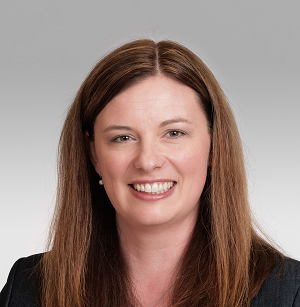
Unitus Community Credit Union ($1.7B, Portland, OR) has 12 branches and serves more than 100,000 members with a field of membership that includes the entire state of Washington and 15 counties in Oregon. Corlinda Wooden has been with the cooperative for 10 years and has served as the chief retail officer for the past three years.
How many call center staff members do you have? Where are they located? Do you require workers to be on-site, can they work remotely, or do you allow a hybrid approach?
Corlinda Wooden: We have a staff of 28 that includes a manager, two assistant managers, and two lead supervisors. About half of the team works remotely from home and the other half is split between two states at our headquarters in Oregon and our Vancouver branch location in Washington, which can offer tax benefits for employees depending on where they live.
In the near future, we’ll transition from having one traditional headquarter office to having multiple distributed administration offices, making it more convenient for our employees to commute based on where they live.
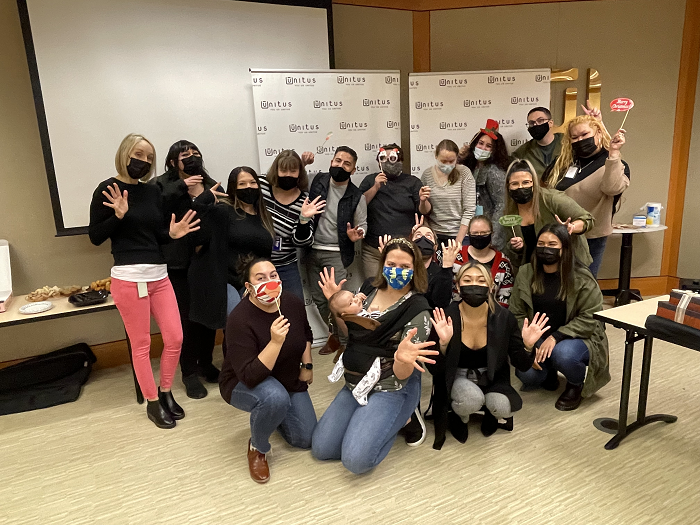
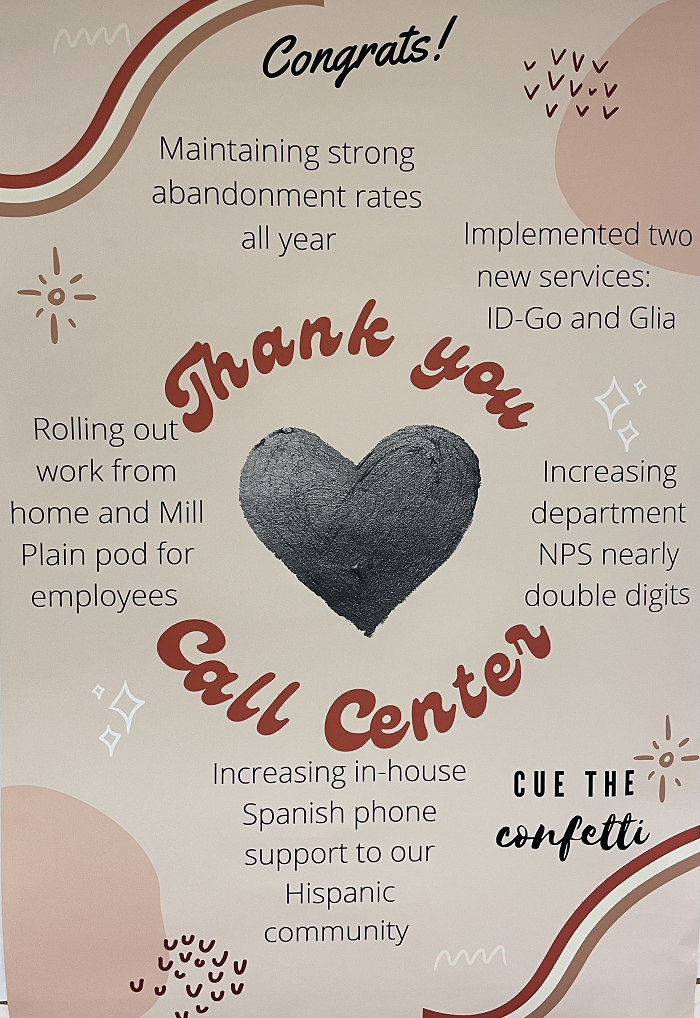
How has management and staff perception of contact center work changed since the pandemic? What has been the result of that change?
CW: As digital channel utilization has increased for our members’ day-to-day needs, the times when members reach out to connect with the call center are more meaningful than ever. Our team leads with empathy and education and strives to convey a sense of partnership, even through the most difficult calls.
We also launched a virtual branch that gives our members more accessibility through live chat, video banking, and virtual appointments from the comfort of their own homes. Our strategy is to meet our members where they are and how they want with a variety of accessibility points phone, in-person, email, chat, computer audio, or video.
In the same vein as meeting our members where they are, we are meeting our employees’ desire to have flexibility in their scheduling from their homes or from the office and it has yielded benefits in forecasting call coverage and improved service overall.
Geographically, do you require employees to live in your FOM or near your offices? Why or why not?
CW: Our philosophy is to hire employees who live in the two states where we serve our members. We determined we do not have the resources and infrastructure to support becoming a multi-state employer, which brings in additional compliance and legal risk. As it relates to our field of membership, employees can live anywhere in the states of Washington and Oregon. Currently, our FOM includes all of Washington and 15 counties in Oregon.
How has the availability of remote call center positions affected your ability to hire? Does it make the jobs noticeably more attractive?
CW: Offering remote work opportunities has supported recruiting new talent to our credit union. New employees share how excited they are for the opportunity to work from home and mention how much easier it is for them to maintain a work-life balance and shine brightly in their work.
Additionally, less commuting supports reducing carbon emissions and is another appealing factor in recruitment as part of our efforts to support climate sustainability.
A Different Perspective
Langley Federal Credit Union

Nicole Baker is vice president of sales and service at Langley Federal Credit Union ($4.5B, Newport News, VA), overseeing the contact center, digital services support, and 22 branches. The cooperative serves 322,548 members who joined through approximately 1,000 employers and associations in the Hampton Roads area.
How many call center staff members do you have? Where are they located? Do you require workers to be on-site, can they work remotely, or do you allow a hybrid approach?
Nicole Baker: We have 105 contact center teammates in our Newport News corporate office. During the early days of COVID-19, nearly every teammate was sent home to work 100% remotely. Our teams returned full-time to the office 14 months later, which allowed us to assess our experiences and determine next steps. Except for a couple of medical accommodations, we have less than 10 representatives working a hybrid remote workweek, which allows for two days at home.

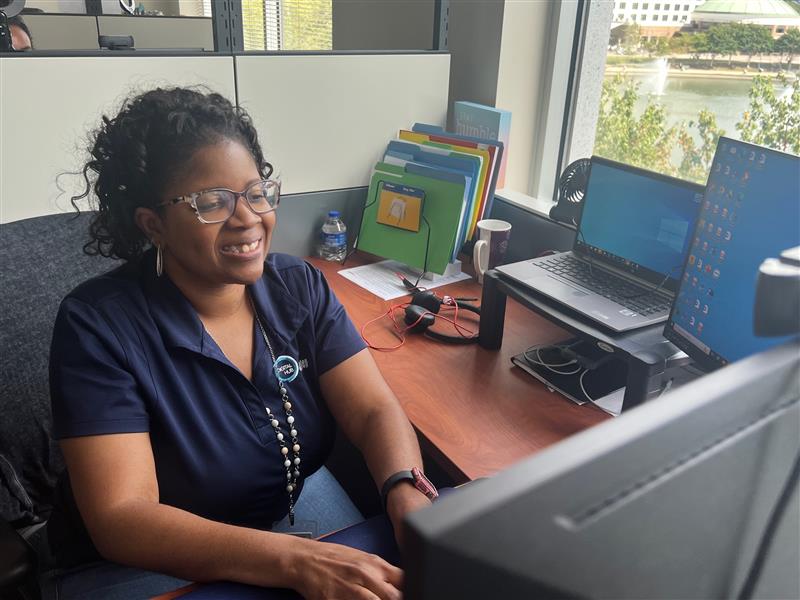
How has management and staff perception of contact center work changed since the pandemic? What has been the result of that change?
NB: We learned how important our contact center is to member service. Members have leaned heavily on this team throughout the past 30 months. We’ve implemented numerous technology solutions, and this team has adapted well.
Getting the team back in the office was essential for our success. We’ve created a culture that is dependent upon collaboration, loyalty, and trust. This is a key element to our success as a company, and we feel remote work would take away from that.
Geographically, do you require employees to live in your FOM or near your offices? Why or why not?
NB: At this time, the team will remain mostly on-site until we feel their competencies allow for a hybrid remote work schedule. All staff were remote in the beginning and stayed that way for 12 months. Bringing them back was essential to improve collaboration, mentoring, and communication, which was diminished when everyone was remote. We were struggling to recruit, train, and retain new employees and have committed strongly to this in the past six months.
How has the availability of remote call center positions affected your ability to hire? Does it make the jobs noticeably more attractive?
NB: We have not had issues finding teammates that have concerns with being on-site. We’ve had several interviews where the candidate shared how remote work affected them, and they are changing jobs to get back to an on-site environment.
We see the benefit but ultimately decided that being on-site is the best way to preserve our culture. We have also found many of our teammates do not want to be off-site. Those that do want to work the hybrid schedule will be allowed to do so when they are fully proficient in their role.
These interviews have been edited and condensed.